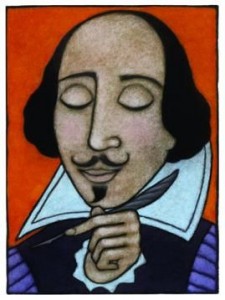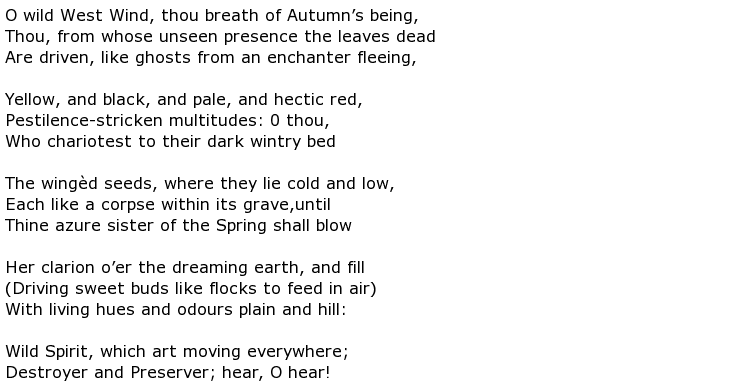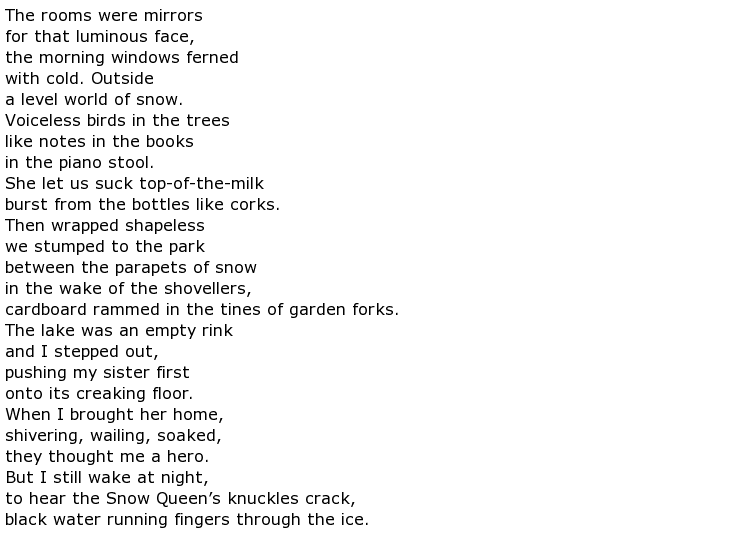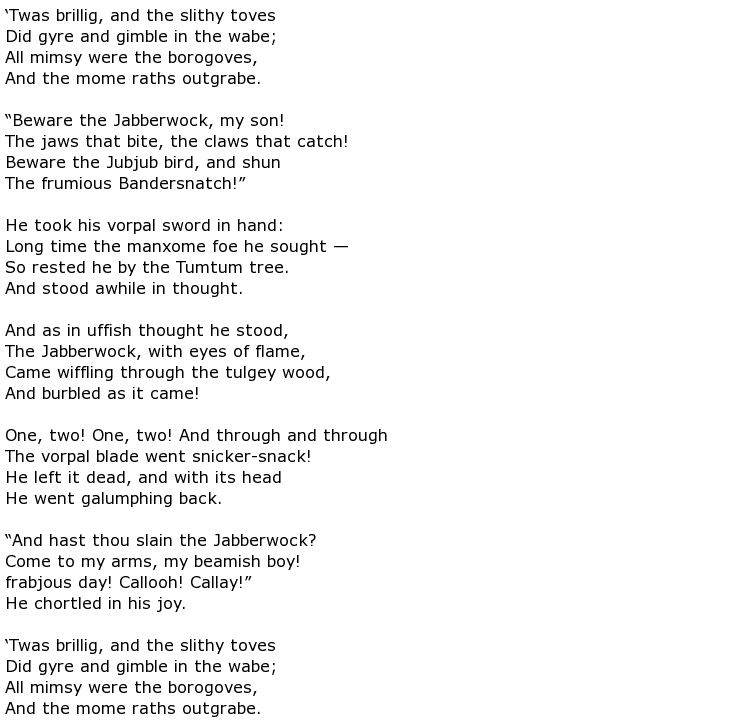 There are many, many types of poetry. A simple list would indicate many that you are probably already familiar with. Those who would consider themselves as scholars of literature would recognize a few more. But even they might be tripped up on a few of the more obscure type of poetic form. Let’s look at a few these less common one.
There are many, many types of poetry. A simple list would indicate many that you are probably already familiar with. Those who would consider themselves as scholars of literature would recognize a few more. But even they might be tripped up on a few of the more obscure type of poetic form. Let’s look at a few these less common one.
The first one we will look at is called ‘terza rima’. This is a style of poetry which is comprised of ten or eleven syllabic lines which are organized into three-line ‘tercets’. Dante, who wrote such well known poems as The Divine Comedy has been given credit for developing this particular style of poetry. Several others, who studied Dante’s work, have also made use of this form, including John Milton, Auden, Percy Bysshe Shelley, and Geoffrey Chaucer. Here is an example from Shelley’s collection.
Ode to the West Wind (an excerpt)
by Percy Bysshe Shelley

Another form of poetry which is not commonly known is the ‘senryu’ form. This type of poem is a Japanese style that is someone similar to the ‘Haiku’; however, this form of Japanese poetry is different in that it addresses people instead of nature. While the structure is relatively the same, the ‘senryu’ form of poetry is often done as a satire or a humorous piece of writing. While the ‘Haiku’ is generally published along with its author’s name, the ‘senryu’ is printed without identifying the writer.
Untitled

Another unusual form of poetry is the ‘cinquain’. This form of poetry, as you might gather from the title, involves five lines of poetry. It was developed by Adelaide Crapsey and was conceived by imitating the general form of the ‘Haiku’. The first line is composed of just one word, which is, in essence, the title. The second line is comprised of two words, followed by the third and fourth lines, which have three words and four words, respectively. The final line is, once again, a single word, which repeats the meaning of the title (line one).
Cinquain Twelve
by Richard Lamoureux

The word ‘enjambment’ might be familiar to some, but many people who feel they know a lot about poetry have likely never heard of this type of poetry, even though they have seen it many times. ‘Enjambment’ is a French word which means to ‘straddle’ or cross over. It is used to describe how one line of a couplet is completed in the second line.
Legend
by Gillian Clarke

The final poetry form that we will examine is the Cacophany. This is a literary technique which was created and used by Lewis Carroll, who used ‘cacophony’ in Jabberwocky, a poem he wrote to introduce this style. The word ‘cacophony’ has a Greek origin and means ‘unpleasant sound’. Carroll use of it in Jabberwocky is created by arranging consonants that clashed. In literary terms, the word has come to mean any application of words which combine sounds which are hissing, harsh, unmelodious, or sharp.
Jabberwocky
by Lewis Carroll



You must register to comment. Log in or Register.